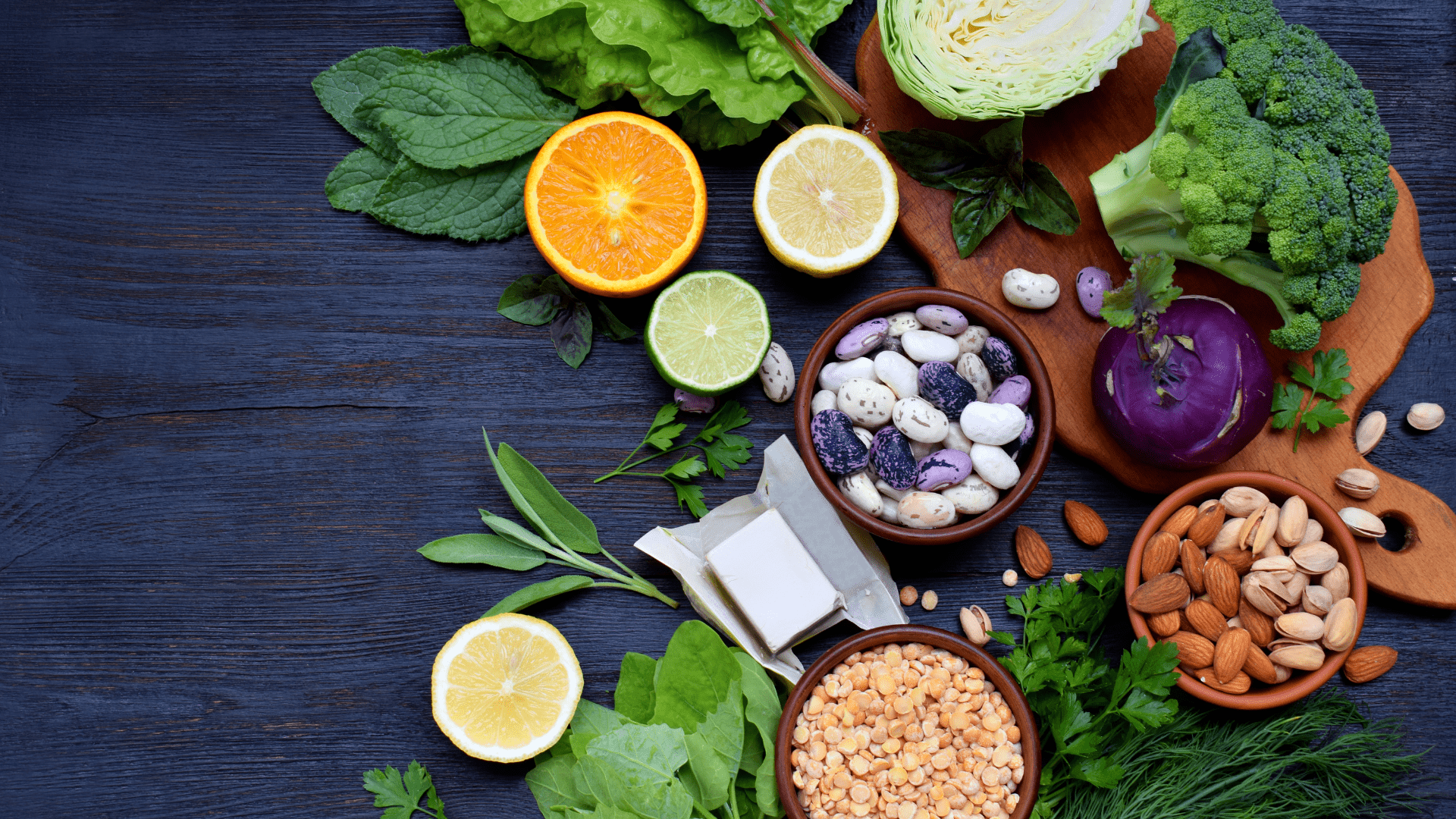Bone density has captivated the minds and worries of most women who have reached the age of 45 and beyond. Why? Because the media, the conventional medical community, and pharmaceutical companies have successfully convinced us that we face an inevitable loss of bone density as we age. Is it true? Is it inevitable that we’ll lose bone density as our bodies accumulate years? Is this loss of bone density a natural progression of aging?
Today I put my stake in the ground and answered, “NO!” We all age. Our bodies change in a rhythm established by nature. This rhythm exists, but it isn’t as destructive as you think or you have been led to believe. We can’t control everything, but we are not defenseless, at the mercy of nature. By making some simple changes to your diet and lifestyle, you can significantly improve your current and future bone health.
BEYOND CALCIUM: KEY NUTRIENTS FOR HEALTHY BONES
I’m sure you already know the importance of dietary calcium for building and maintaining strong, dense bones. Calcium is only one of seventeen nutrients involved in healthy bone metabolism: vitamins: A, C, D, K, B6, B12, and folate; minerals: boron, copper, magnesium, manganese, phosphorus, silica, and zinc; essential fatty acids and protein (Lanou & Castleman, 2009, p. 97-99). Fortunately, the foods we evolved to thrive on supply these nutrients in the proper proportions: fruits, vegetables, nuts, and clean proteins (i.e., grass-fed beef, pasture-raised poultry and eggs, and wild-caught fish).
WHY THE EMPHASIS ON PLANT-BASED FOODS?
To create a bone-sparing environment in your body, pile generous portions of organic whole plant-based foods on your plate and add modest amounts of clean proteins. Why the emphasis on plant-based foods? Your body performs at its best in an alkaline environment. Fruits and vegetables have an alkalizing effect on your body. In contrast, high consumption of animal protein disrupts the body’s pH balance, making the body more acidic. Do not confuse high consumption of animal protein with appropriate levels. The human body requires nutrients only found in animal products such as heme iron and
vitamin B12.
The body draws calcium from your bones to buffer acidity, resulting in loss of bone mass, the exact opposite outcome you want to achieve! Studies have shown that vegetarians experience less bone mass loss in their 60’s onward than omnivores, even though both groups start out with equal BMD (bone mineral density) in their 20-40’s (Pizzorno & Murray, 2013, p. 1668). You don’t have to and shouldn’t banish meat from your plate; just give it a bit less real estate.
WHAT ABOUT DAIRY, THE “BEST” DIETARY SOURCE OF CALCIUM?
The ads sponsored by the National Dairy Council imply that milk provides the richest source of dietary calcium. In reality, most leafy greens have more calcium in milligrams per serving than cow’s milk and higher nutrient density (i.e., nutrient bang per calorie) than cow’s milk, cheese, and yogurt. For example, a one-cup serving of turnip greens weighs in at 12.3 nutrient density of calcium versus the 3.3 of cow’s milk (Mateljan, 2015, p. 942).
Other health authorities (National Osteoporosis Foundation and the Dietary Guidelines for Americans) recommend we consume low- or non-fat milk, eat dairy foods, and take calcium pills to prevent osteoporosis. However, the countries that consume the most milk, dairy, and calcium have the world’s highest rates of hip fractures! Total calcium consumption among women in China, Peru, Sri Lanka, and many other non-Western countries only reaches 50% of the recommended 1,000 mg/day. These countries experience very low fracture rates (Lanou & Castleman, 2009, p. 9).
Perhaps the health authorities have it wrong with this emphasis on the consumption of dairy and calcium. No nutrient works alone. Remember, bone health relies on an interplay of seventeen nutrients in the proper proportions.
References
Lanou, A. J., & Castleman, M. (2009). Building bone vitality: a revolutionary diet plan to prevent bone loss and reverse osteoporosis. New York: McGraw-Hill.
Mateljan, G. (2015). The world’s healthiest foods: the force for change to optimal with health-promoting foods and nutrient-rich cooking (1st ed.). Seattle, WA.
Pizzorno, J. E., & Murray, M. T. (Eds.). (2013). Textbook of natural medicine (4th ed). St. Louis, Mo: Elsevier/Churchill Livingstone.

